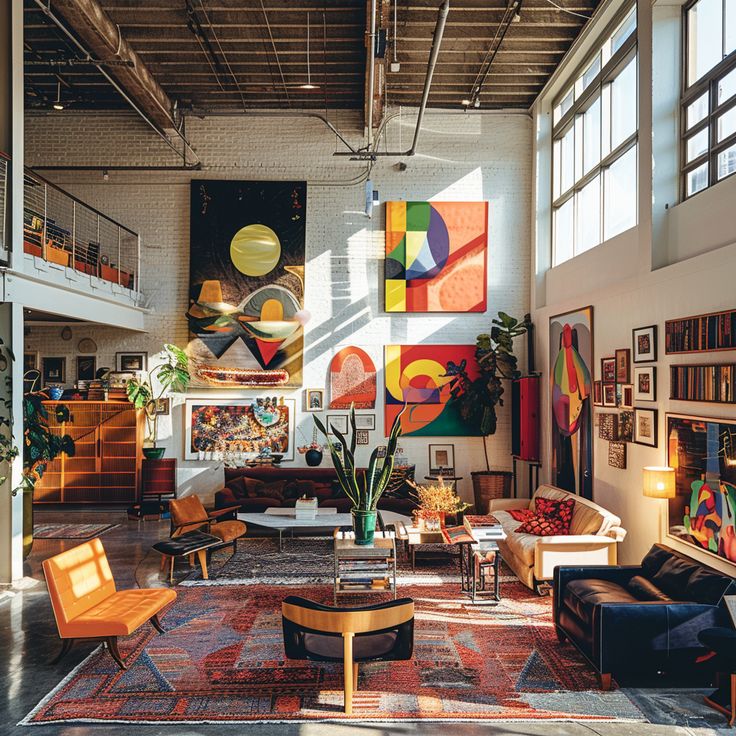Small spaces present a unique set of challenges and opportunities. While homeowners often see the limitations of a compact home, an interior designer sees a puzzle waiting to be solved. Their expertise lies in turning a cramped, cluttered area into a functional, beautiful, and surprisingly spacious-feeling sanctuary. They achieve this by using strategic planning, clever furniture choices, and a variety of visual tricks to maximize every square foot.
Here is a look at how Interior designers in chennai work their magic on small spaces.
1. Strategic Space Planning: The First Step
The foundation of any successful small-space design is a meticulous layout. A designer’s process begins not with a shopping list, but with a detailed floor plan.
- Creating Multi-Functional Zones: They are experts at designating zones for different activities within a single room. For example, a living room can also serve as a dining area or a home office by using rugs, lighting, and furniture placement to define each zone without the need for walls.
- Optimizing Flow: A designer ensures that the path of travel through a room is clear and logical, preventing bottlenecks and making the space feel more intuitive and easy to navigate. This is especially critical in small areas where poor flow can make a room feel chaotic.
2. Multi-Functional Furniture: A Designer’s Best Friend ✨
In a small space, every piece of furniture must earn its place. Designers prioritize items that serve more than one purpose, making the home more efficient and less cluttered.
- Dual-Purpose Pieces: They might recommend a storage ottoman that doubles as a coffee table, a console table that can also be used as a desk, or a sofa bed that allows a living room to function as a guest room when needed.
- Built-in Solutions: Custom-built furniture is a game-changer for small spaces. Built-in shelving that reaches the ceiling or a bench with hidden storage can provide essential functionality while making the space feel tailored and cohesive.
3. Creating the Illusion of Space ️
Designers are masters of using visual tricks to make a small room feel larger than it is.
- The Power of Mirrors: A well-placed mirror is one of the most effective tools for creating the illusion of space. By reflecting light and the room itself, it can make a compact area feel more open and expansive.
- Light and Color: A cohesive, light color palette—including paint, furniture, and textiles—makes a room feel airy and open. Designers often use a monochromatic or analogous color scheme to create a seamless look that prevents the space from feeling choppy.
- Vertical Emphasis: Drawing the eye upward with tall bookshelves, floor-to-ceiling curtains, or statement art can create a sense of height and make a room feel less confined.
4. Smart and Strategic Storage Solutions
Clutter is the enemy of a small space, and designers are experts at integrating clever storage solutions that are both functional and stylish.
- Hidden Storage: They look for every opportunity to build in hidden storage, from under-bed drawers to custom cabinetry that looks like a seamless part of the wall.
- Utilizing Vertical Space: In a small room, wall space is prime real estate. Designers use floating shelves, tall bookcases, and wall-mounted storage to keep the floor clear and maximize every inch.
- Edit and Curate: A designer will help a homeowner edit their belongings, keeping only the items that are loved and used, to ensure the space remains uncluttered and easy to maintain.
In summary, an interior designer’s role in a small space is to be a master problem-solver. By applying these strategic techniques, they transform a limited area from feeling cramped and overwhelming into a home that is efficient, comfortable, and beautifully designed.





